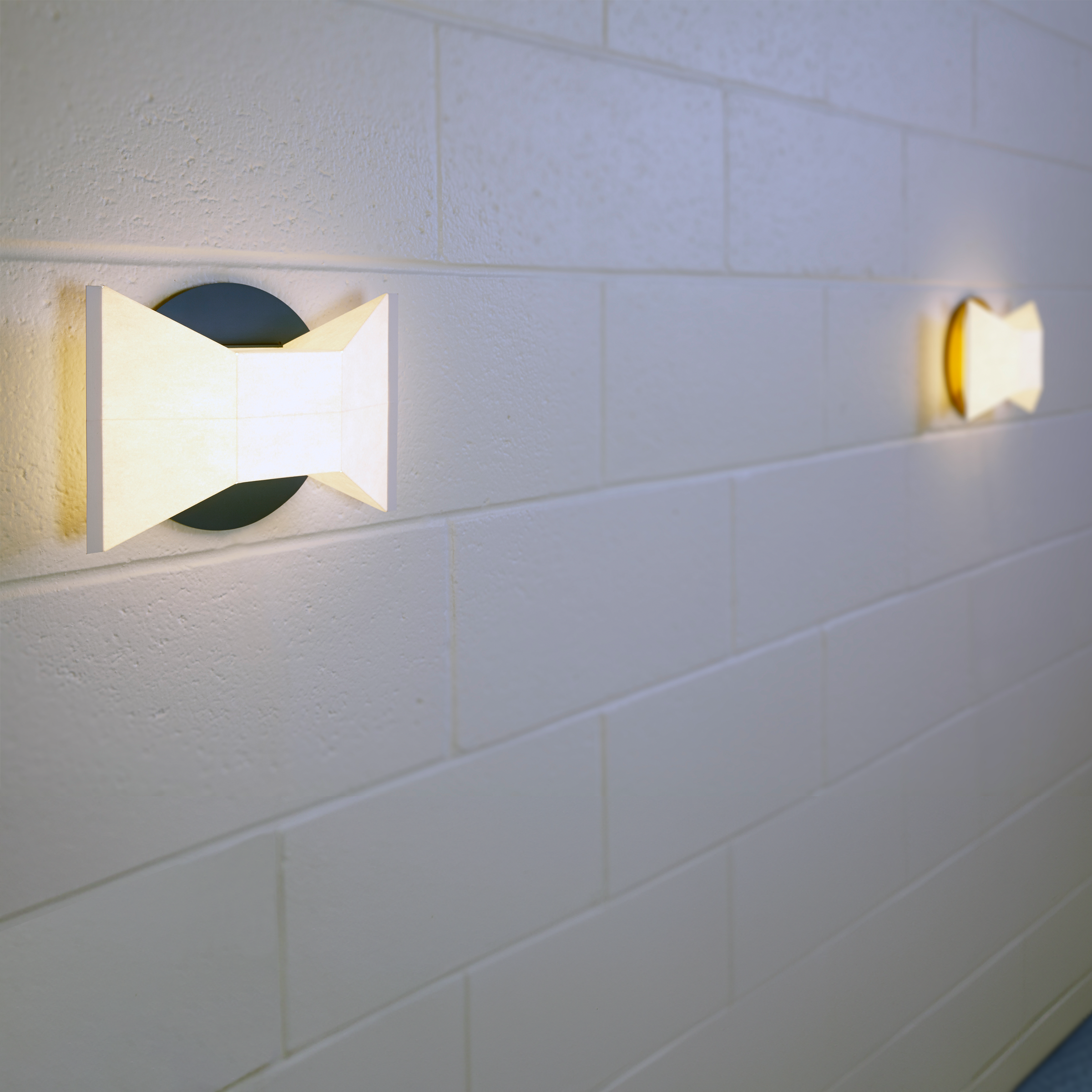
Light up your hallways and stairways
“Hallways and stairways are more than just passageways—they can be beautiful, functional spaces when the lighting is carefully planned. The key is balancing brightness with warmth, ensuring safety while enhancing the design.”
In transitional spaces like hallways and stairways, it’s important to keep the light color temperature consistent with the rest of the home. If the living room and kitchen are lit with warm, soft light, continue that theme into the hallway or stairway to create a seamless flow between spaces. Using lighting that is too cool or too different from adjacent rooms can create a jarring contrast that disrupts the overall ambiance of the home.
Ambient lighting: Bright but soft for clear navigation
The primary function of lighting in hallways and stairways is to ensure safety and visibility, so ambient lighting is key. In these often narrow or enclosed spaces, it’s important to avoid shadows or dim spots that could lead to accidents or make the space feel cramped. For hallways, ceiling-mounted fixtures like flush mounts or recessed lights are popular choices. These types of lights provide even illumination across the entire length of the hallway, ensuring a well-lit path.
However, it’s important to avoid lighting that is too harsh. Bright, glaring lights can make a hallway or stairway feel unwelcoming. Opting for warm-toned lighting helps to create a comfortable and inviting feel, which is especially important in hallways that serve as the entrance to a home. In stairways, lighting should be positioned to avoid casting shadows on the steps, which can be dangerous. Using multiple light sources, such as recessed lights placed along the wall or step lights, can create an even glow that ensures safety.
Accent lighting: Highlighting architectural features
Accent lighting in hallways and stairways can transform these typically utilitarian spaces into visually appealing areas. Hallways often serve as a gallery of sorts, with walls used to display art, photographs, or architectural details. Wall sconces or picture lights can be used to highlight these elements, drawing attention to decorative features and adding layers to the lighting design.

Individual consultation for your hallway and stairway
We are here to help create the perfect lighting for your transitional spaces. Together we evaluate the situation and define the illumination you’d like to achieve. Then we choose the proper lights and placement to make your vision come true.
Task lighting: Ensuring safety and functionality
While ambient and accent lighting are important, task lighting plays a vital role in ensuring safety in stairways. Staircases, especially, require careful lighting to avoid tripping hazards. Installing lights at the base of each step or along the handrail can provide clear visibility, helping to prevent accidents. This can be achieved with LED strip lights or small recessed step lights that illuminate each step without being obtrusive.
In hallways, task lighting is less critical but can still be useful in areas like entryways where people need to perform specific tasks, such as putting on shoes or finding keys. A strategically placed table lamp or wall-mounted fixture near the front door can provide extra illumination for these tasks.



